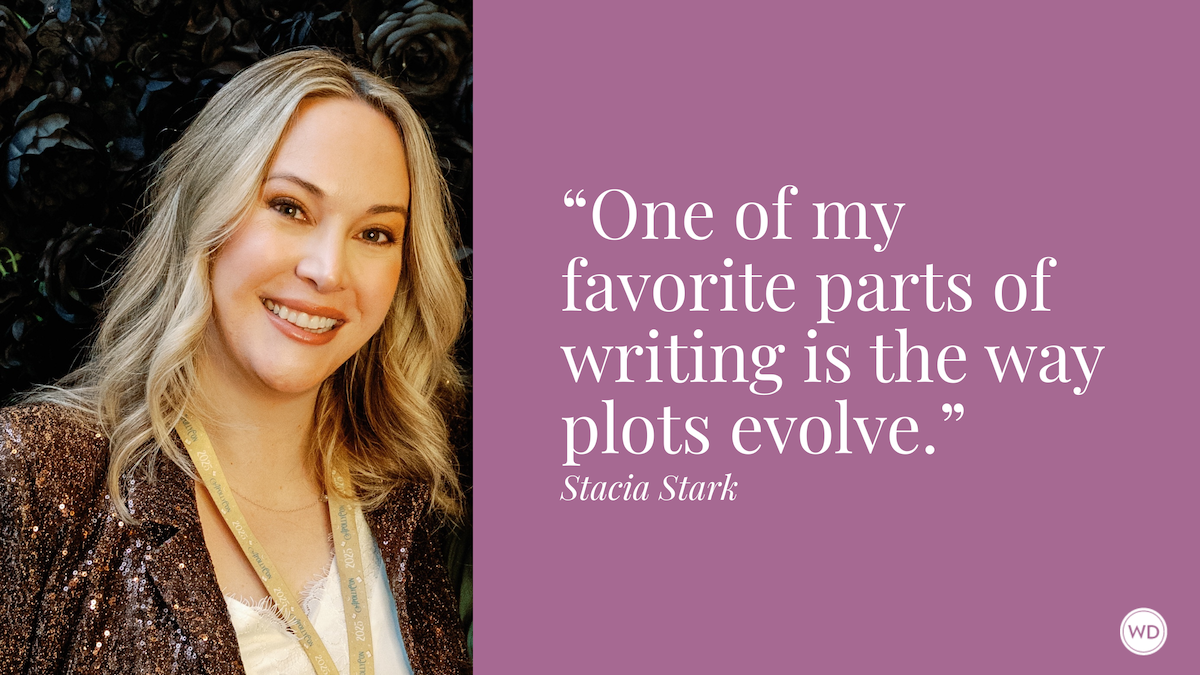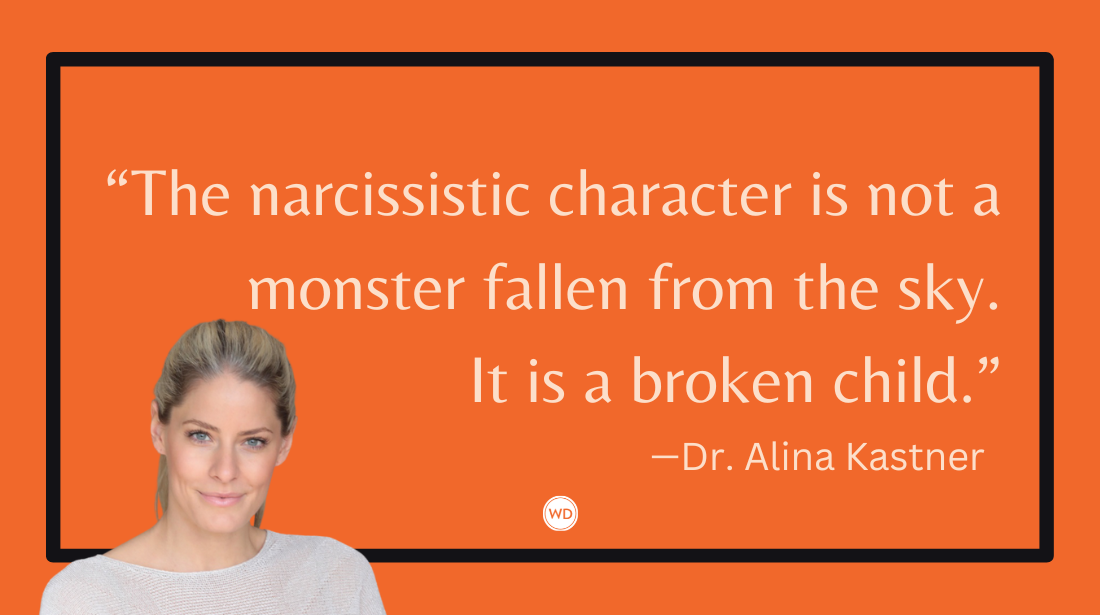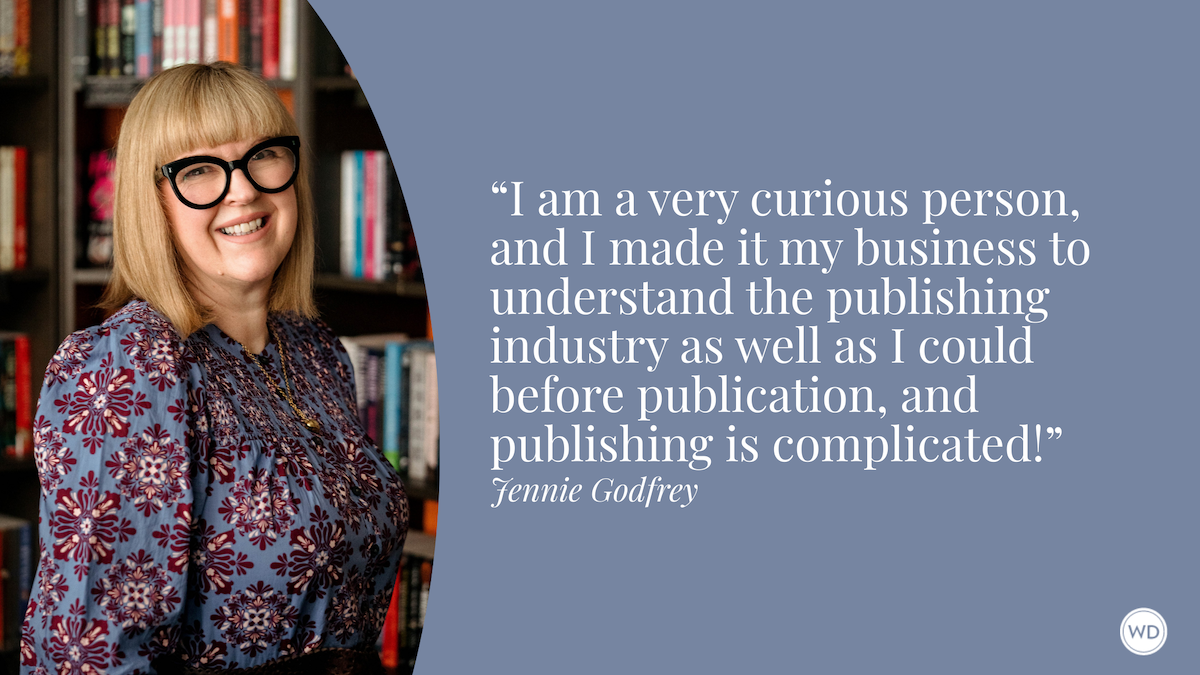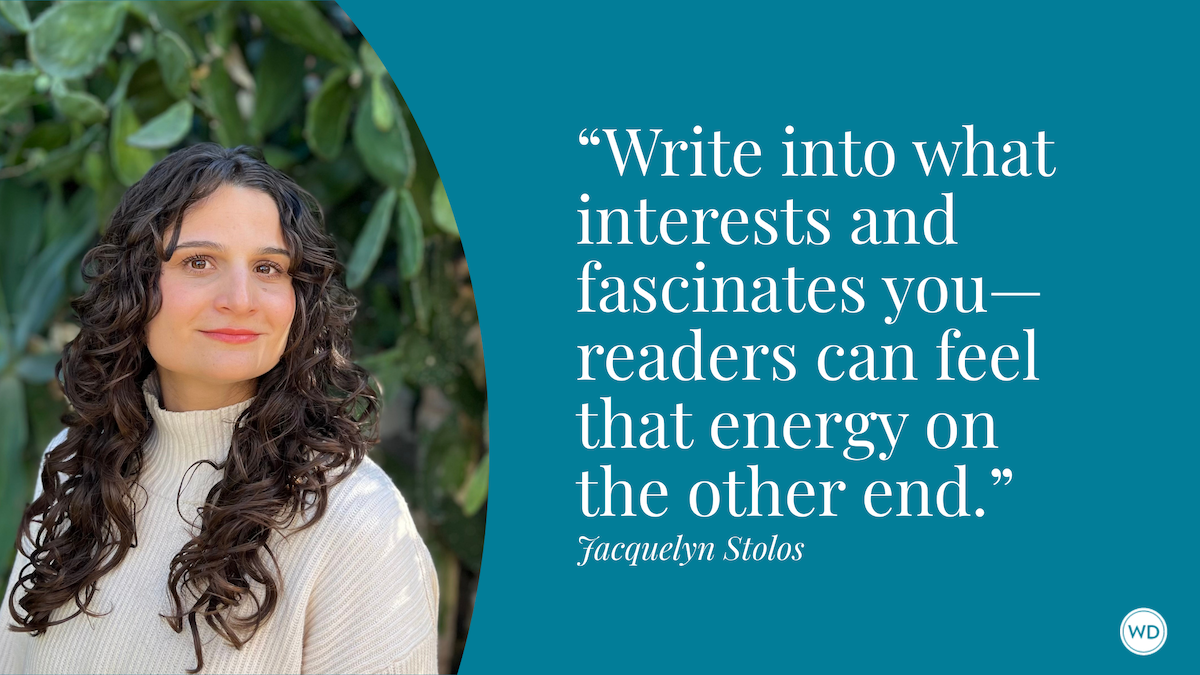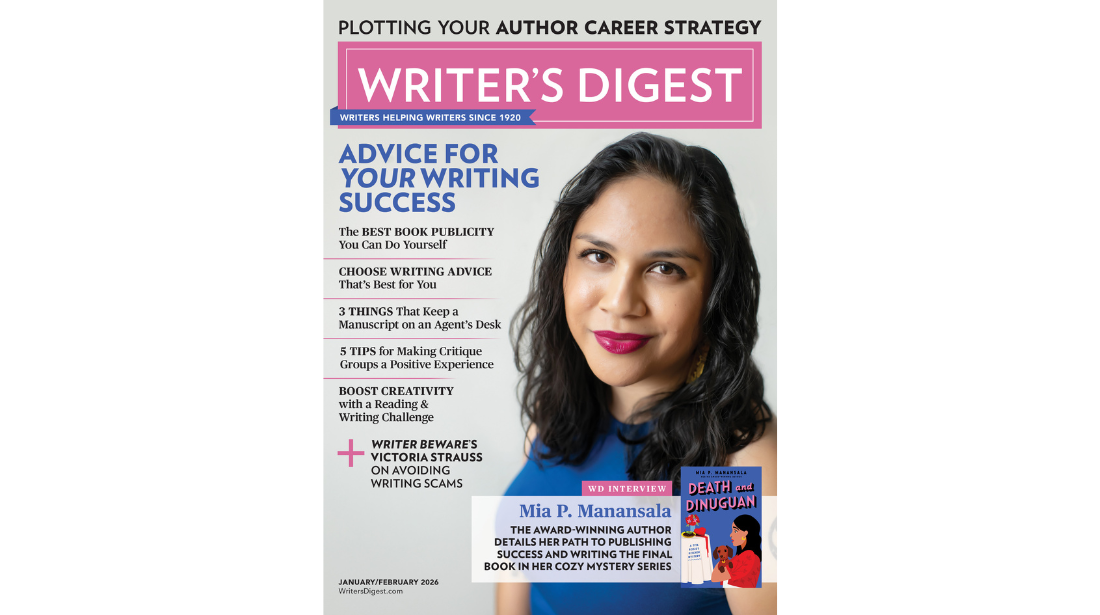The Most Common Mistakes Children’s Books Authors Make
Editor and essayist Joy Peskin shares the top ten mistakes made by children’s books authors and her advice on how to avoid them.
[This article first appeared in the March/April 2025 issue of Writer's Digest magazine.]
While most people don’t think they could just sit down and write a great novel for adults, I’ve met many folks who believe in their ability to do just that for young readers.
The same way a painting by Jackson Pollock is more than pigment flung at a canvas, a manuscript for children is more than jotting down the sweet story your own kids loved, an ode to your dearly departed dog, or a lesson you’d like to convey.
In the business for more than 25 years, here are the top errors I see made and how to avoid them.
1. Middle-grade or young adult novel set in the ’80s or ’90s (because that’s when you grew up).
Authors are often inspired by their own experiences and when writing for teens, that means looking back a few decades. Yet it’s usually a mistake to set your book in anything other than the here and now unless your aim is to have it unfold it in a specific historical period for a specific reason. A middle-grade or YA novel set in the recent past isn’t a selling point; as an acquiring editor, I have turned down plenty of submissions set in the ’80s because the appeal to today’s readers is limited.
To bring your story into the present, think about what would be different. Is it the inclusion of phones, technology, and social media? Weaving them into your story will probably require less of a heavy lift than you think. The core elements of your plot should be evergreen: friendship, first love, and coming-of-age. Those things don’t change much whether your character is texting or talking on a princess phone in her room.
2. Writing outside of your lived experience.
As an editor, I want to know a few things from the outset: What is the story you are telling, and why are you the person telling it? I don’t believe you are limited to writing a book from your own perspective. If that were true, the only category in the bookstore or library would be memoir. But you should do your due diligence to make the work as authentic as possible. So, if your character has an identity or an experience outside of your areas of expertise, get some expert reads of your work before submitting it to an agent or editor. Bonus points if you can get someone you don’t know well to read the manuscript and give you their honest opinion. People we love tend to love us, too. They know our intentions are pure. The person who ultimately reads your book, however, won’t know you at all. Also, be sure to compensate your authenticity readers for their time, either with payment or a trade of services.
3., 4., and 5. Picture books that are too long, rhyming, or illustrated by you.
Most picture book manuscripts are well under 1,000 words. And for me, the shorter, the better (500–750 words). Picture books are generally for children ages 4–7 and they are mostly read to kids by adults. If you’ve ever put a little one to bed, remember how it felt when you were handed a book with wall-to-wall text on every page? Not great.
“I know you children’s books editors don’t like rhyming text,” is something I’ve heard from aspiring authors. Here’s the truth: I don’t dislike all rhyme. I dislike bad rhyme (and I would put any I could write myself into this category). So, unless you’re a trained poet, stick with prose.
Likewise, if you’re not a professional artist, don’t illustrate your book by yourself. There’s a difference between being artistic and being an artist. Unprofessional art can torpedo your chances of getting published. Related tip: Don’t find someone on your own to illustrate your picture book unless you plan to self-publish. Sell your manuscript to a publisher first; the editor, designer, and art director will engage an artist to bring it to life visually.
Bonus tip: For a picture book manuscript, only include information for the illustrator when something that happens in your story is not abundantly clear in the text.
6. The TFMC (the Totally Friendless Main Character).
Not every child is popular, but very few kids have no friends at all. Even those at the bottom of the popularity food chain are usually grouped together—perhaps not with a soulmate-style best buddy, but with the other students without a lot of social choices. If you want to tell a story about a character making a meaningful new friend, rather than starting off with a TFMC, find a reason for your character to be in search of a new connection. Maybe their former best friend moved away. Or if this is someone who really doesn’t have a single companion, create a very good reason for that to be the case.
7. Young adult novel set in college.
Even though adults enjoy some YA books, most are still read by younger teens ages 12 and up. YA readership falls off by about age 16, so I would not acquire a YA novel about a character who was already in college. It’s better if experiences are relatable to the broadest possible readership, which means setting the story in high school. When it comes to grades, instead of higher, aim lower. There’s a shortage of young YA, books set in ninth or tenth grade addressing themes experienced by younger teens.
8. Picture book about mature topic.
Before you tackle a provocative topic like death or a violent historical event, imagine yourself reading the book to a 5-year-old. Consider these questions: Can you address the subject in a way that young children can understand and process? Is there a market for this book? I receive many manuscripts about the death or illness of a grandparent, and I usually pass on them not because the topic isn’t important, but because grandparents like to buy books featuring inter-generational relationships where the older family members are healthy and thriving.
9. Picture book that is too listy.
One common reason my colleagues and I reject picture books is because they read like a list or a greeting card, and not like a narrative. If your manuscript is just a catalog of, say, reasons a parent loves a child, or things the main character did that day, you probably need a story with stakes. Most picture books work best with a clear set-up, conflict, and resolution. Remember: The best picture books aren’t only read once and put back on the shelf. They are enjoyed again and again. Will yours hold up to multiple readings?
10. The book you think you should write (not the book you want to write).
“What’s selling right now?” is a question some authors ask editors for direction about what they should write next. That’s the wrong question. A project bought today won’t be published for at least a year, so it doesn’t really matter what’s currently working in the market. Manuscripts that lack energy are often the ones someone wrote because the subject seemed trendy. Instead ask yourself: What’s the story of my heart, the story only I can tell, the story that might just change a child’s life? Then write that one.




